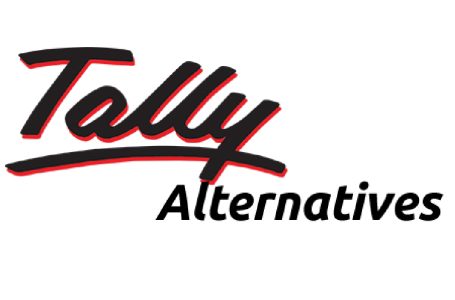It is now about 30 years since the first UN Conference on Sustainability and Development (UNCED) that was held in Brazil in 1992. During this conference, member states agreed that the idea of sustainability was not simply about the environment. It is way bigger. Today, the idea has grown into a more robust concept of sustainability reporting for businesses.
ESG sustainability reporting is an emerging discipline and one of the most emphasized concepts in almost all areas. In the EU, the EU Parliament has already passed the Taxonomy Legislation that is targeted at helping stakeholders determine if an action by a company is sustainable or not. Others, such as stock exchanges, individual governments, standards organizations, and rights groups, are also demanding correct ESG reporting from companies.
For your ESG reporting efforts to work, the report you create must adhere to all reporting principles, and we have singled out two of the most important; accuracy and balance. So, how exactly do you achieve the two?
Table of Contents
Why Accuracy and Balance are So Critical in ESG Reporting
As we have highlighted, the concept of ESG sustainability reporting is a new one. Therefore, cases of greenwashing have become common with some companies that believe the whole idea is only about the report. But that is wrong. If your company indicates that it has cut emission rates by 50%, it must have data to support the argument. So, did you install new machinery? Did you change the source of energy? Even after doing these, what were your previous emission rates and what strategy did you follow?
Accuracy means that you are giving correct information about your efforts on sustainability. This implies that stakeholders, such as investors, will not get confused and pick a company that has greenwashed its report for investment and leave out another with genuine efforts.
Accuracy goes together with balance. The stakeholders are not just interested in reading about the good side of your efforts. You must give the whole story. For example, you cannot talk of how adopting sustainability has created all positives in your company. You have to cover even the negative side of it. Installing that new machine will also come with some costs. The additional funding required for new equipment, possible dip in production, and even resistance from clients should all be captured for the report to be balanced.
Do all of these sound tough? Most people find them challenging, but there is no way out. So, check out the strategies for achieving accuracy and balance.
Strategies for Achieving Accuracy and Balance
Follow the Right Procedure of ESG Sustainability Reporting
For you to arrive at the right report, the correct procedure must be followed. Therefore, you need to start by understanding this process. Here is a brief of the process:
- Company assessment.
- Stakeholder involvement.
- Materiality assessment.
- Developing the right reporting topics.
- Selecting the right reporting framework. Good examples are Global Reporting Initiative (GRI) and The Task Force on Climate-Related Financial Disclosures (TCFD).
- Creating the right sustainability reporting strategy.
- Data gathering. This starts at the beginning of the reporting session but intensifies after the adoption of the preferred strategy.
- Progress evaluation adjustments of the strategy, where necessary.
- Report generation.
If the process appears complex, it is important to engage an expert in it. Consider working with a sustainability expert.
Make Sure to Use the Right ESG Sustainability Reporting Program
The second thing you need to do is select the ESG sustainability reporting software. With the right program, data collection becomes easy and convenient. For example, good programs allow for data automation and come with advanced algorithms that can notify you when set targets or standards are hit. Indeed, we recommend that you think about the reporting app way before getting started with the ESG reporting process.
As you can see accuracy and balance are very crucial in sustainability reporting. If you do not adhere to the two principles, the report is likely to get labeled “greenwashed.” However, you can use the recommendations we have outlined in this post for correct ESG sustainability reporting. Remember only to select the best ESG reporting software, and you can get it from Diginex.com.








